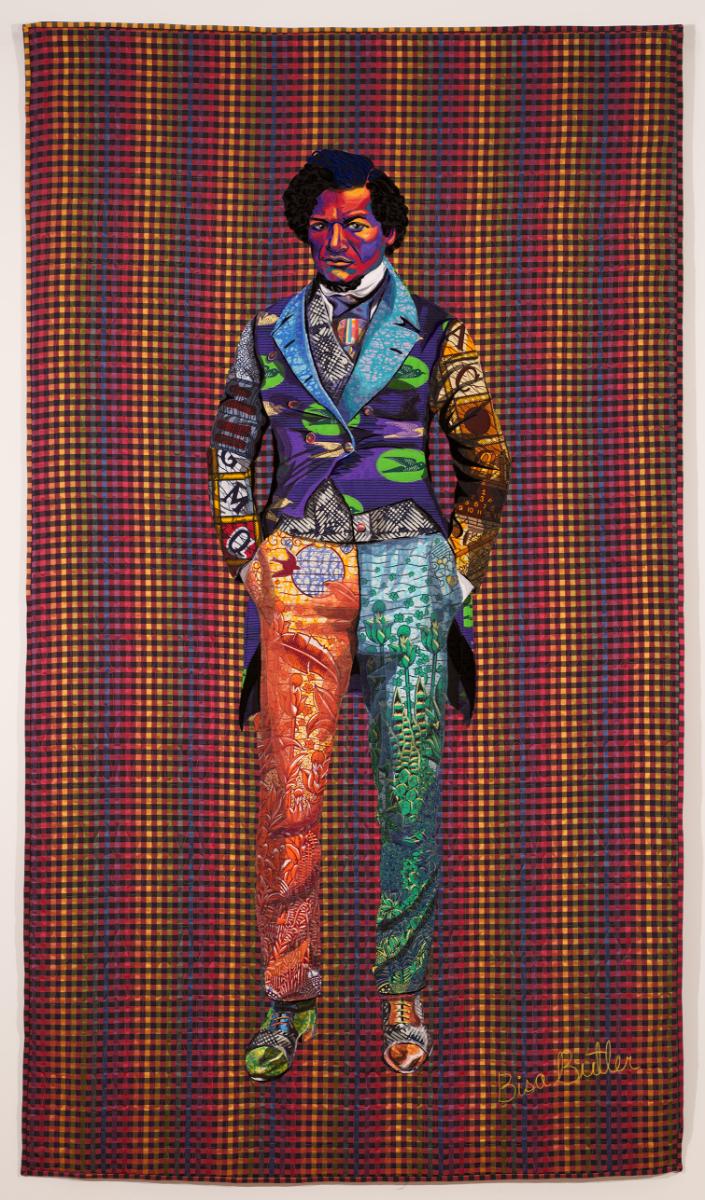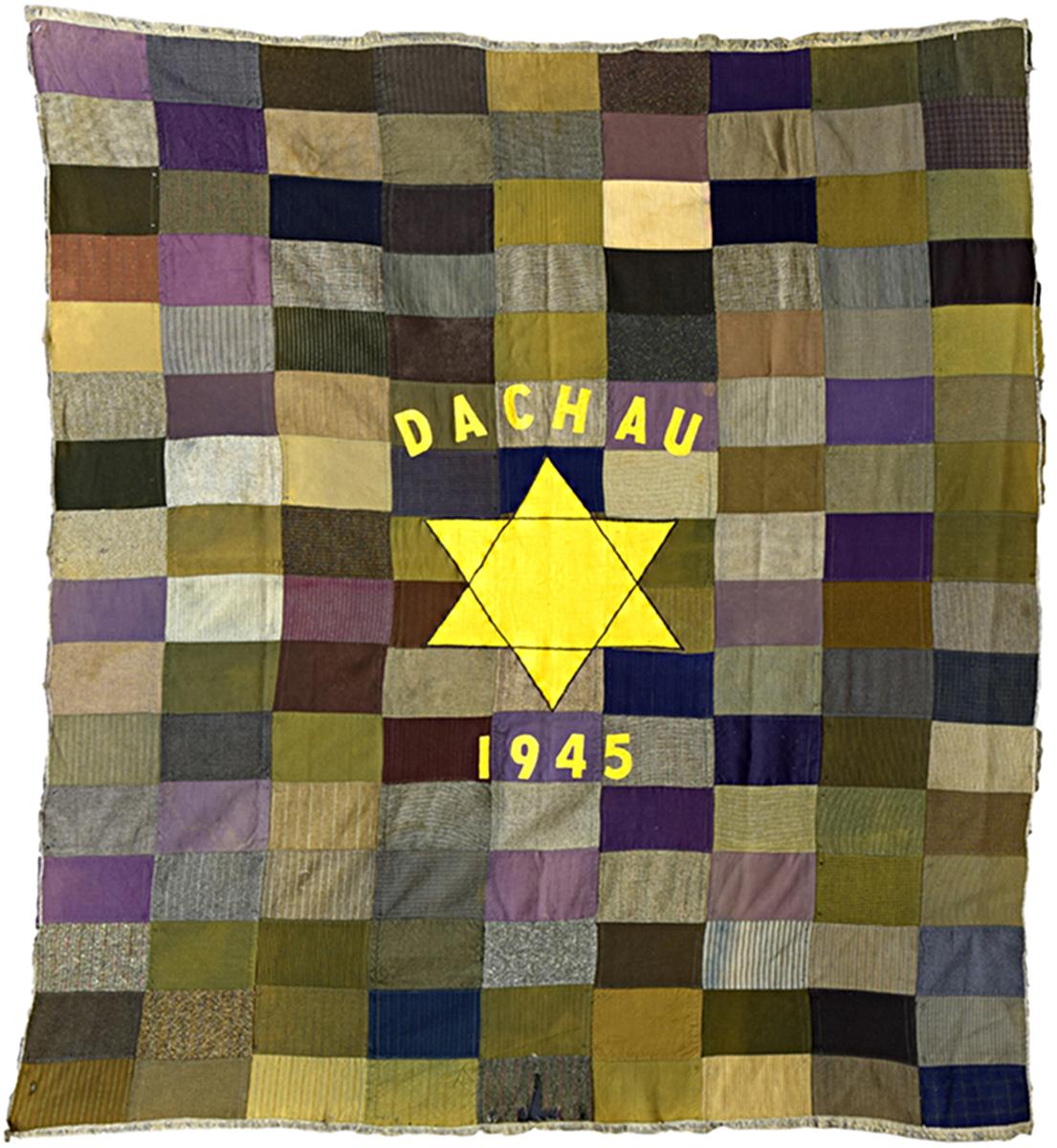“In the context of the coronavirus pandemic and our country’s current reckoning with racial injustice, Radical Tradition takes on a particular urgency and relevance,” said Lauren Applebaum, Ph.D., associate curator of American art at TMA and curator of the exhibition. “Quilts have always engaged the pressing social and political issues of their time. They have been deployed throughout history by marginalized people to confront instances of violence, oppression and exclusion. Today, they are a vital resource and medium for exploring some of the crises of our history as told through the eyes of women, LGBTQ individuals, people of color and the communities that formed around important social issues of the last two centuries.”
While addressing these powerful themes, Radical Tradition will highlight how, over nearly two centuries, the strategies and materials of quiltmaking have called into question long-established power structures. Earlier quilts in the exhibition represent one of the few available outlets that women from a wide range of cultural and socioeconomic backgrounds had to express their views and connect with larger social and political networks of their time. Building upon this history, some quiltmakers from more recent decades have chosen to work within this craft-based medium–typically associated with “the domestic”–in order to subvert hierarchies both within the art world and in society at large. Incorporating a wide range of media – from cotton and wool to salvaged wood, paint and celluloid film–the objects on view will challenge traditional definitions of what a quilt is and the form it can take.
A highlight of the exhibition is acclaimed contemporary artist Bisa Butler’s 2020 work The Storm, the Whirlwind, and the Earthquake, a tour-de-force composition made entirely of quilted and appliqued cotton, silk, wool and velvet, depicting 19th-century abolitionist and social reformer Frederick Douglass at full-length human scale against a vibrant patterned background. The artwork’s title references his famous speech, “What to the Slave is the Fourth of July,” delivered on July 5, 1852, in which Douglass admonished the celebration of freedom during a time of slavery. The work was recently acquired by TMA for its permanent collection.
Though her training focused on painting, Butler discovered that quiltmaking and fiber art allowed her to more fully articulate, reclaim and honor the countless contributions and untold histories of African Americans. “I am inviting a reimagining and a contemporary dialogue about age-old issues, still problematic in our culture, through the comforting, embracing medium of the quilt,” Butler said recently. “I am expressing what I believe is the equal value of all humans.”


























![DEl Kathryn Barton [Australian b. 1972] the more than human love , 2025 Acrylic on French linen 78 3/4 x 137 3/4 inches 200 x 350 cm Framed dimensions: 79 7/8 x 139 inches 203 x 353 cm](/sites/default/files/styles/image_5_column/public/ab15211bartonthe-more-human-lovelg.jpg?itok=wW_Qrve3)



